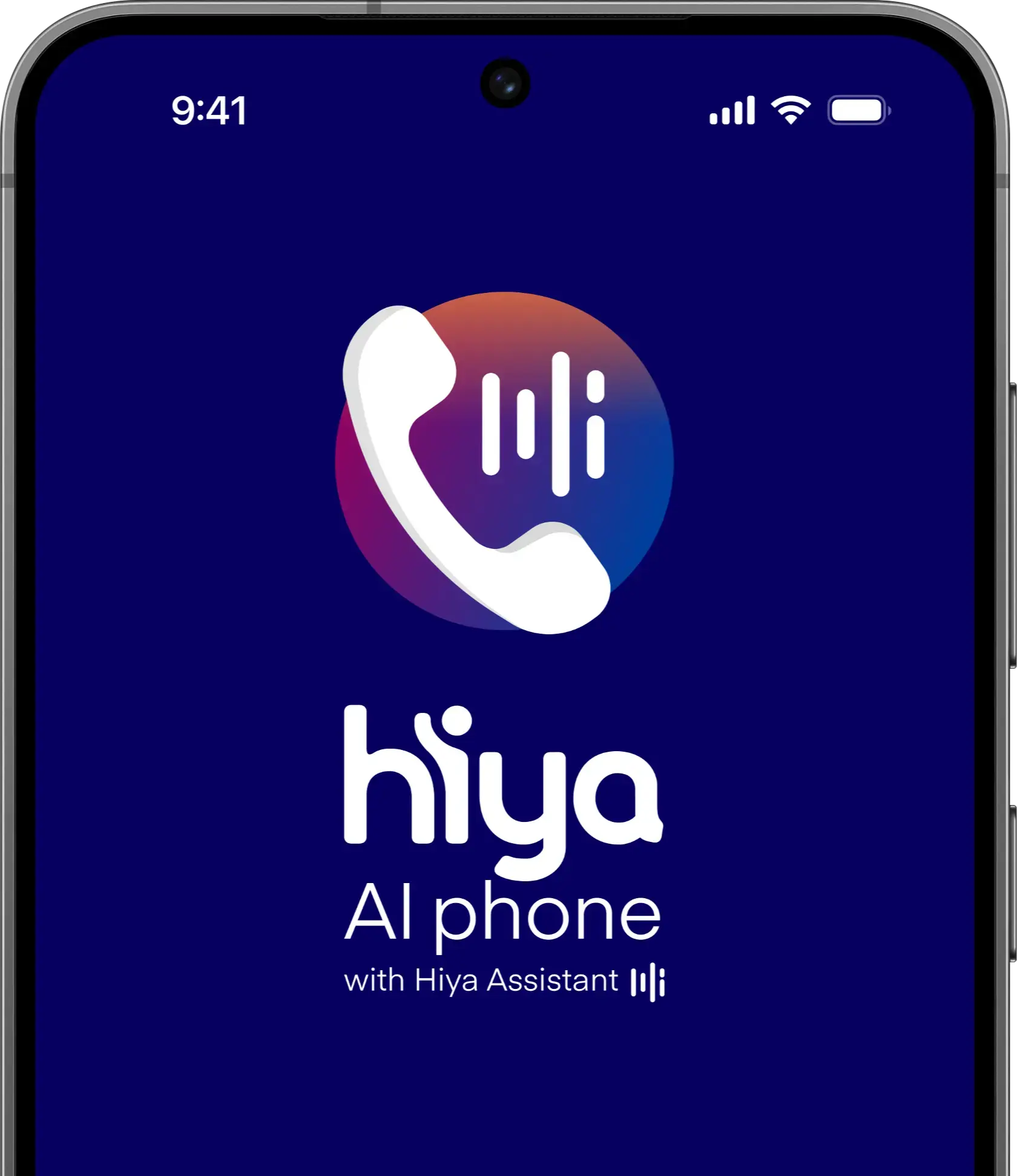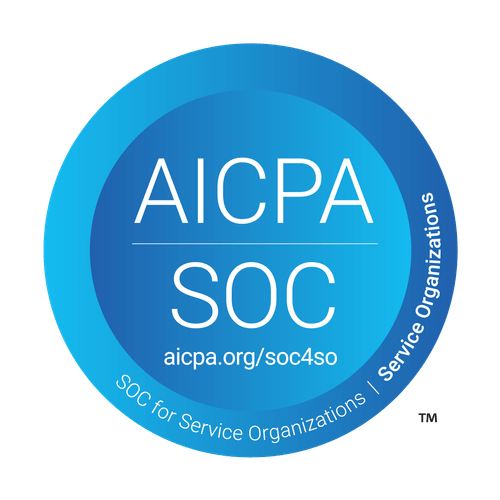
Part 3: Tips and considerations for call center management and operations, continued
Your customer’s time is in high-demand. So when your contact center reaches them, it's important that it's an efficient and effective interaction for your business and that the customer leaves satisfied.
In part one of our “Call center vs contact center” series, we explored common terminology and definitions. And in part two, we highlighted best practices and considerations to support the success of your call center team. In today’s post, we’ll highlight final tips and recommendations for improving your call center management to consistently meet and exceed your customers’ expectations.
- Stay up to date on regulatory laws
Many different laws dictate what is legal in call center operations, particularly with regard to outbound calling. In addition to the laws established in the TCPA, call centers need to be aware of and compliant with the Payment Card Industry Data Security Standard (PCI DSS). They also need to understand their legal responsibilities and limitations regarding labor regulations.
Call centers that fail to meet these regulatory requirements may face stiff legal penalties, including fines for each violation. And because the TCPA does not cap statutory damage, these fines can add up. But beyond just ensuring that you aren’t harassing your current and potential customers, regulatory compliance also helps better secure your sensitive data and promote transparency in your business. - Communicate regularly
Your call center is the frontline of your business, interacting directly with customers and fielding their concerns. This puts call center employees in a unique position to understand your buyers, your products, your services, and the issues that might be negatively affecting your business. Put that knowledge to good use, by establishing strong lines of communication with your call center supervisors and agents. - Talk to the people who operate your call center. Schedule regular meetups beyond employee reviews, and let them know that you value their insights. Solicit their feedback on what is working, what isn’t working, and what areas could be improved upon to create a more effective call center.
- Standardize practices
Having a strategy gives you a set of steps to follow to achieve success. Call center agents benefit from standardized processes, strategically designed to give them the best possible chance of achieving a favorable outcome. Creating scripts, guides, training, and a comprehensive knowledge base will help ensure that your agents are never left adrift without a plan to back them up.
Standardized practices allow your call center employees to apply tried-and-true methods to resolve customer issues quickly and satisfactorily. This may include using scripts to train your agents on the best phrasing, vocabulary, and points to use when communicating with customers. It may also include building detailed instructions for employee processes, giving your agents reliable next steps to follow at any given point. Standardizing your call-center practices makes your employees’ jobs easier. It also increases the probability of your customers coming away from the interaction satisfied with the results. - Publish support content
An experienced agent will begin to notice that they are often tasked with answering the same handful of questions or addressing the same concerns over and over again for different customers. You can prepare for these frequent topics by making FAQs and tutorials a part of your resource library. Having detailed published solutions on hand and easy to access speeds up customer service resolution time, empowering your agents to find the answers they need at the click of a button.
Work with your most experienced call-center agents and others within your organization to create a database of support content. This self-service knowledge base can then be further added to as new tutorials or questions are encountered, for an expansive resource that your agents can use to better serve your customers. - Listen to the data
There’s too much at stake to base your call center operation decisions on hunches or assumptions. Hidden details or unaccounted-for variables can easily throw even the most rational plans off course, leading to damaged customer relationships, lost revenue, and more. Instead, turn your call center into a data-driven department by establishing the right metrics and applying analytics solutions to your caller and operational data. With accurate, actionable insights built on reliable data, you can make the kinds of informed decisions that promote ongoing success. - Consider switching to a contact center model
Earlier in this guide, we addressed the distinction between call centers and contact centers. But this distinction is quickly disappearing, as more and more call centers evolve to embrace the contact center model. Transitioning from a call center to a contact center opens up new channels for your customers, so you can serve them wherever and whenever they need you.
Provide a more comprehensive call center experience by incorporating text, social media, email, chat, and other channels. Then take things further with omnichannel solutions to provide a seamless experience across every channel. Omnichannel strategies for contact centers will help you build loyal customers that know they can always count on your business in every service or support scenario.
Optimize call center operation and management
Your customers are the most important factor in the success of your business. Whether you’re reaching out to them or they’re contacting you, your call center plays an essential role in meeting the growing demands of customer expectations. Understanding how best to support your call center while avoiding pitfalls will make it possible for you to provide a positive, personalized experience to your call center customers, regardless of the size of your business.
Hiya’s Branded Call allows you to display your company name, logo, and call reason right on the screen when you call customers. When customers can trust where the call is coming from, they’re more likely to pick up. Learn more about Hiya’s Voice Performance Platform.








